Help track the effects of climate change on timings in nature
Have you seen your first butterfly or swallow of spring? Or your first ripening berry or autumn leaf? Let us know what's happening near you.
Explore Nature's Calendar
Content editor
In the UK, when spring arrives it also means the beginning of the nesting season. Birds start building their nests, flitting to and from their nesting sites in search of materials. However, some of the UK’s bird species actually nest earlier than spring time, or in the wood pigeon’s case, all year round.
Find out about the other early nesters and why they're an exception to the rule.
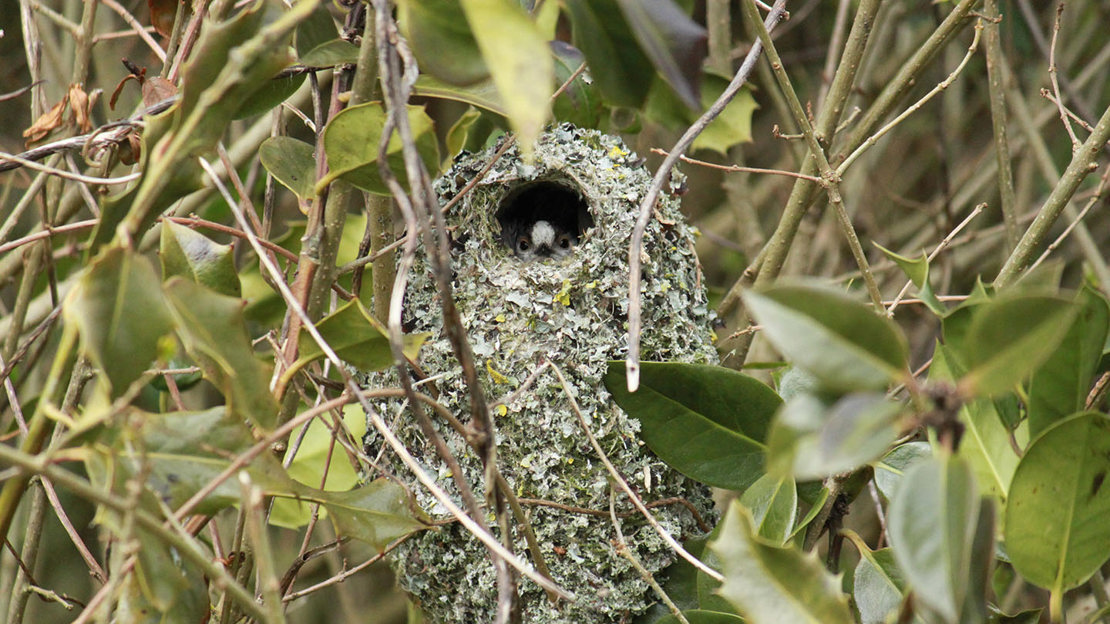
Generally, birds which nest early in the season are in a stronger position to take advantage of the early resources; as the saying goes, the early bird catches the worm. However, data from a national study conducted by the British Trust for Ornithology (BTO) shows that a large range of species are now breeding up to 31 days earlier than they were in the 1960s. As this is so early, it runs the risk of the birds going hungry due to lack of resources.
Climate change is driving this shift, and it affects different wildlife in different ways, causing the ecosystem to become unbalanced. Chicks are ready to be fed before the insects they will need to eat emerge, causing them to go hungry. But for some species, nesting that little bit earlier is just their way of life.
Crossbills don’t just have a twist in their bill, but also in their breeding behaviour. Found in the conifer forests of the north, they begin breeding in January and sometimes even earlier. By the time other birds have entered the breeding season and are incubating eggs, crossbills are already a highly mobile family. Their diet is based on conifer seeds, which is responsible for the erratic population increases of the species and no doubt plays a part in such an early breeding season.
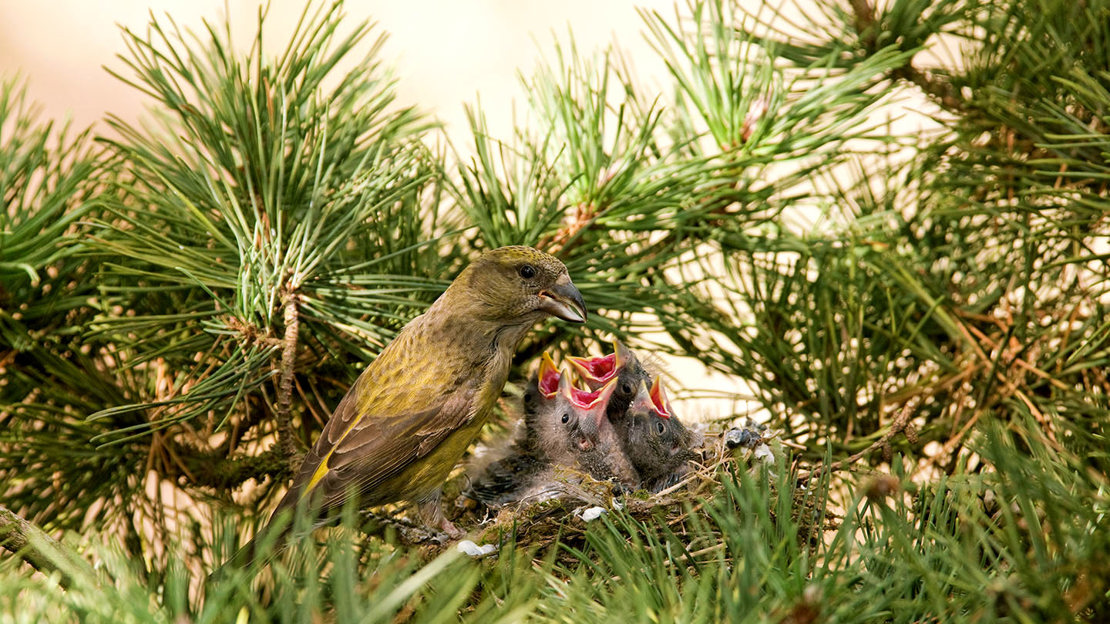
The raven is a very well-studied yet somewhat misunderstood bird. Famed for its role in Edgar Allen Poe’s poem, The Raven, it has strong associations with unkindness and death. It is also among the UK’s earliest nesters, nesting in late February. It pairs for life, so doesn’t waste time each year searching for a mate.
These cute fluffy birds start building their extravagant and complex nests in February, and can take up to three weeks to complete them. They use lichens, cobwebs and moss to build the nest, lining it with feathers. However, long-tailed tits don’t normally lay their eggs until early April, so technically aren’t the earliest of all the nesters.
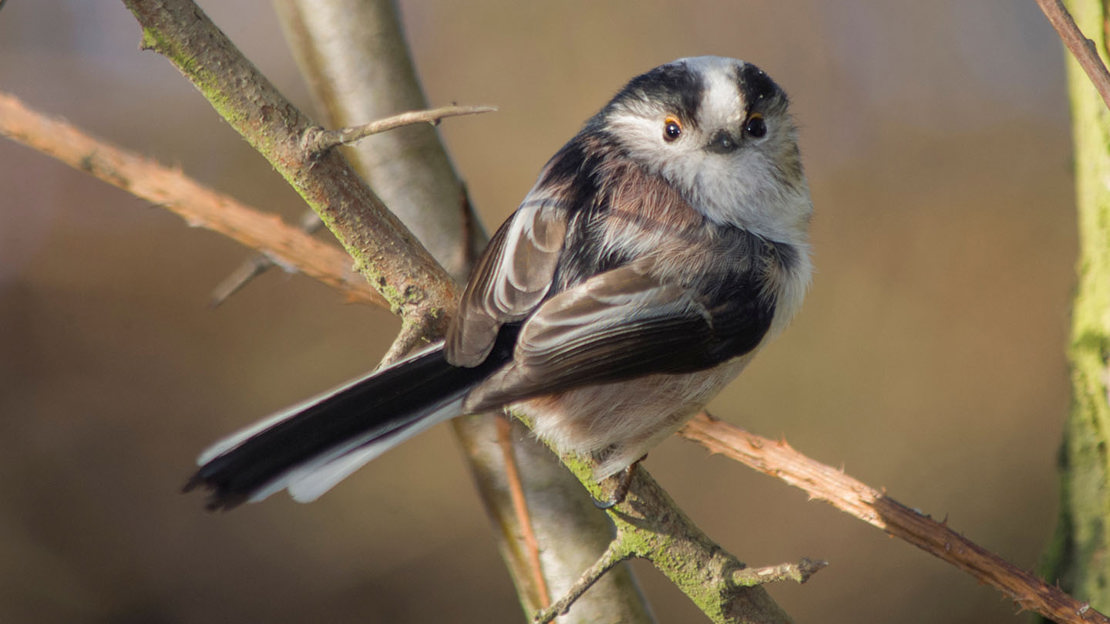
Grey herons nest in groups at the same locations for generations, in sites known as heronries. To save time they will often reuse last year’s nest. They start arriving and making house repairs in February. Heron chicks can take as long as eight weeks to fledge, so even with an early start they will still be in the nest later than other young birds.
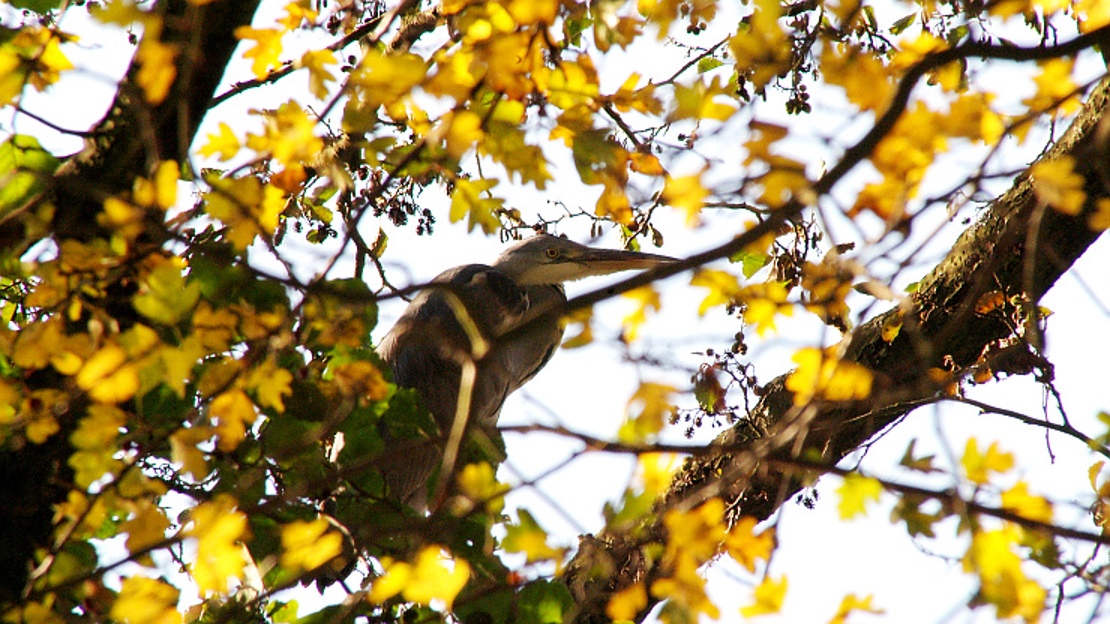
Tawny owls are definitely considered one of the earliest nesters, and will typically have their first clutch of eggs by the end of March. Nesting early makes it easier to feed their young, as this avoids the pressure of hunting in long vegetation where prey can hide.
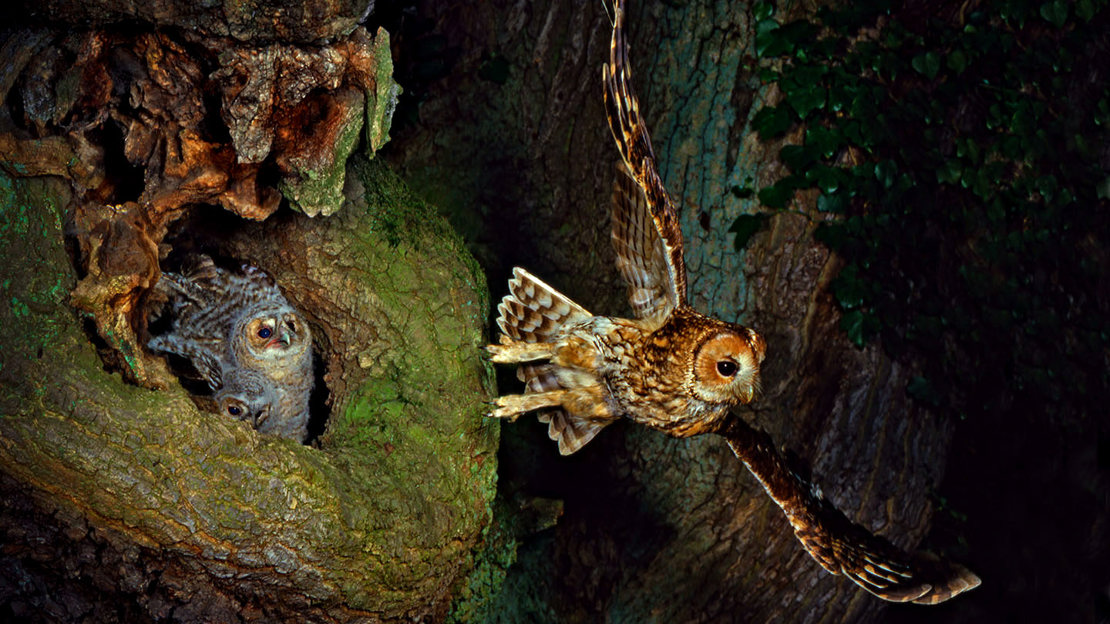
Long-eared owls nest in mid-April, but don’t expect to see them hard at work building a nest. They don’t make their own but choose to instead move in to an old nest built by a crow or even a large drey (squirrel nest) that’s been built in an appropriate place.
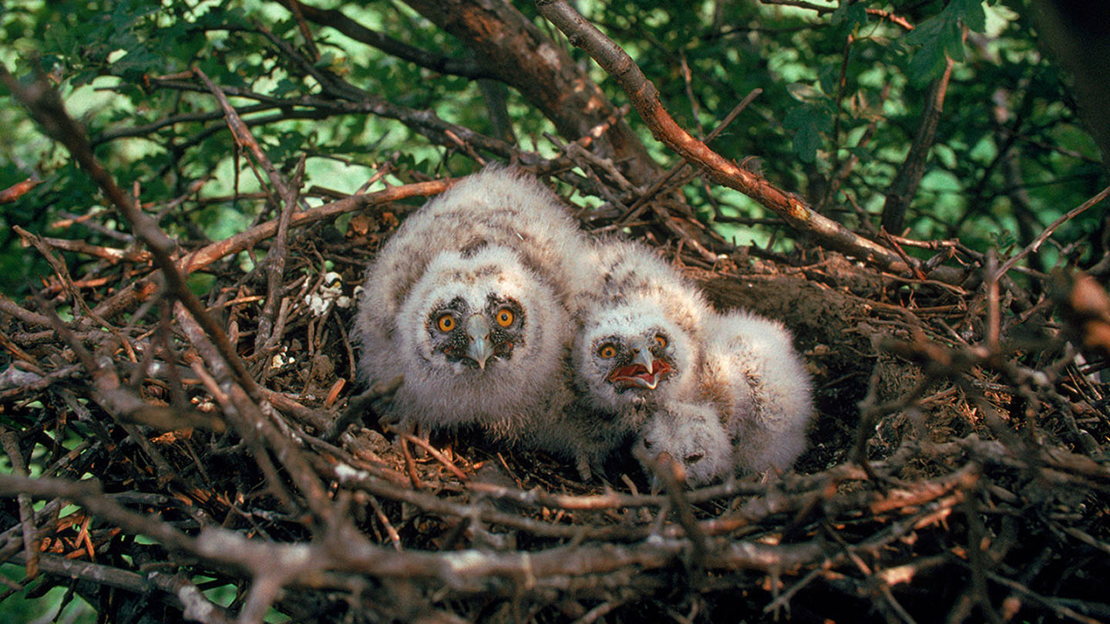
A bird’s nesting period is judged to have started when most birds lay eggs. For the blackbird, that’s usually from March, though some pairs begin earlier. Nature’s Calendar recorders observe the date of the first nesting blackbirds each year. The project tracks the effects of weather and climate change on wildlife across the UK – its records date all the way back to 1736!
Over the past 10 years, a few birds have been recorded attempting to breed in January, well outside the species’ normal period. This is not too unusual in nature and could be a young naïve pair testing the boundaries of when it is sensible to breed. These anomalies alone do not make the blackbird an early nester.
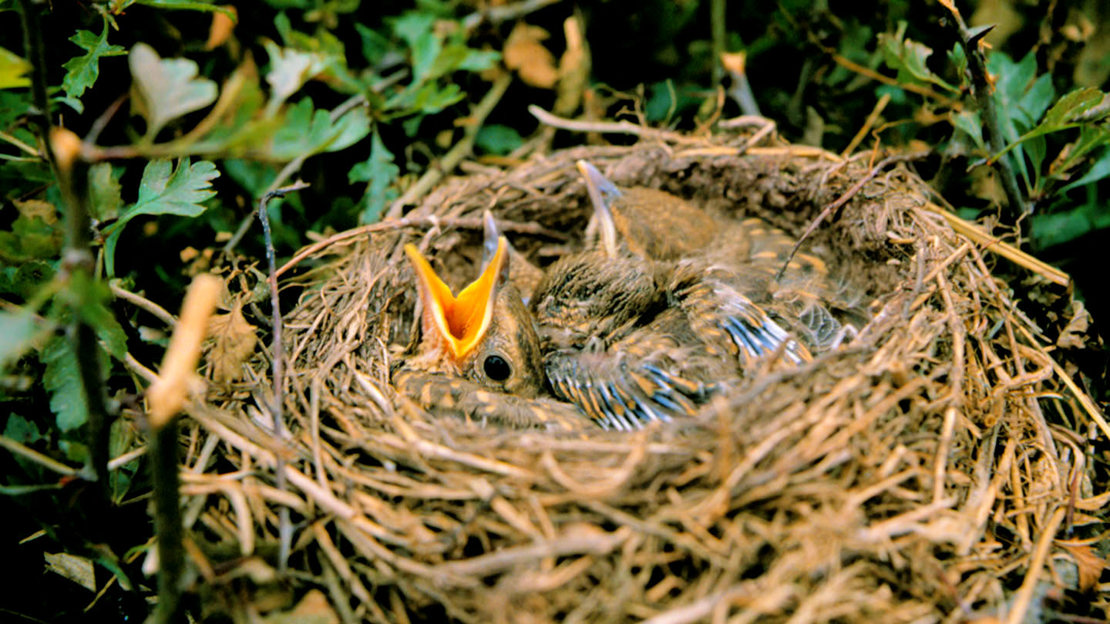
If you’re a keen bird watcher or simply want to help us gather data to explore the effects of climate change, why not become a nature recorder with Nature’s Calendar? Sign up and let us know the first time you see blackbirds gathering nesting materials.
You’ll be helping us predict how our wildlife is affected by climate change and other patterns in the natural environment. By taking just a few minutes to share what you see, you'll be adding to hundreds of years' worth of important data. We couldn't do this work without you!
Have you seen your first butterfly or swallow of spring? Or your first ripening berry or autumn leaf? Let us know what's happening near you.
Explore Nature's Calendar